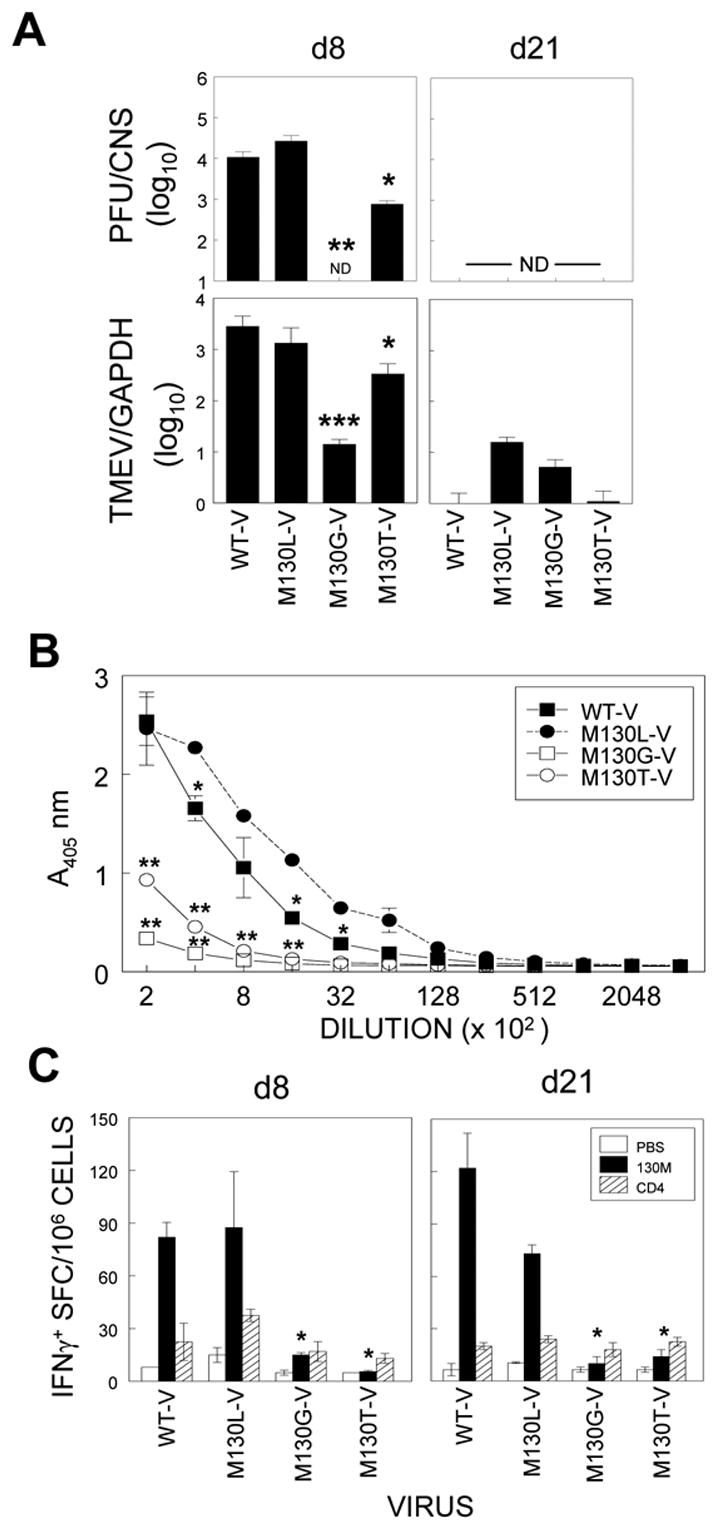Figure 3. Comparison of viral persistence and peripheral immune responses in WT or mutant virus-infected mice.

A, Viral load in the CNS (pooled brains and spinal cords from at least three mice per group) of C57BL/6 mice infected with indicated viruses was determined by plaque assay at 8 and 21 days post-infection. M130L-V-infected mice showed comparable viral load to wild-type virus at day 8 post-infection while the level of recovered virus from M130G-V and M130T-V-infected mice was significantly lower than those from M130L-V or WT-V infected mice. (*, p<0.05; **, p<0.001). The detection limit for infectious viral titres in the brain or spinal cord was 50 PFU. Detection limit of plaque assay was <50 PFU/CNS. Viral levels bellow detectable by plaque assay, were indicated as not detectable (ND). Real-time PCR of cDNAs from the CNS of mice infected with WT and variant TMEV for 8 and 21 days was performed with specific primers. Data are expressed as means ± SD for triplicate determinations. *, p<0.05; **, p<0.005; ***, p<0.001 (Student’s t test).
B, TMEV-specific IgG response was analyzed by ELISA. Pooled sera from 3 mice infected with the indicated virus were used for the assessment. The level of virus-specific IgG in the sera of M130G-V and M130T-V-infected mice was significantly lower compared to that of M130L-V and WT-infected animals (p<0.05). C, Epitope-specific CD8+ and CD4+ T cell responses were assessed by ELISPOT assay. Spleen cells (1 × 106) from 3 mice infected with the indicated virus were incubated in the presence of VP2121–130 or a mixture of CD4+ T cell epitopes (VP425–38 and VP2206–220) for 16 to 18 h. M130G/T-V induced significantly lower number of epitope-specific CD8+ T cells in the spleen compared to WT-V (*, p<0.05; **, p<0.001).
